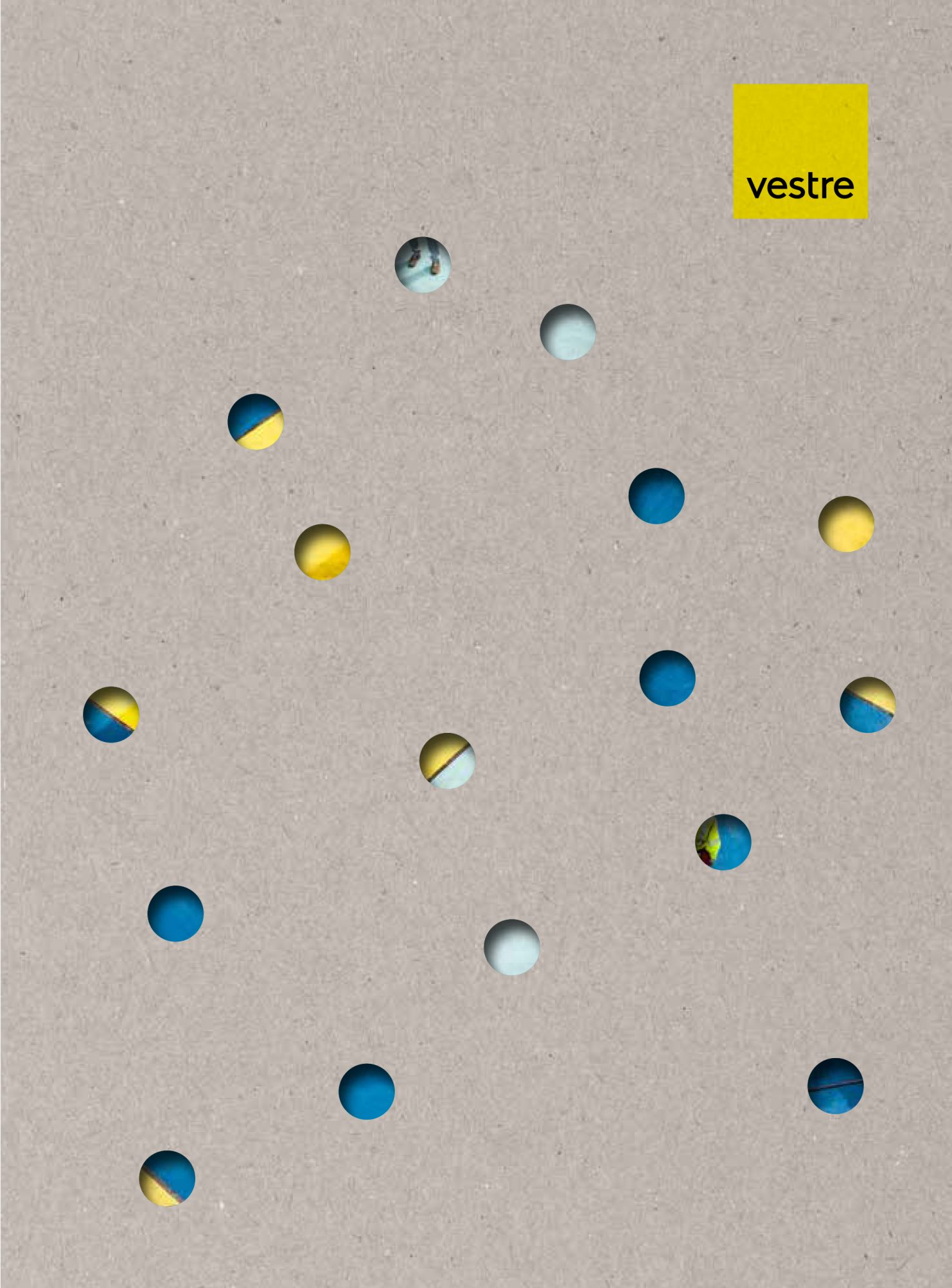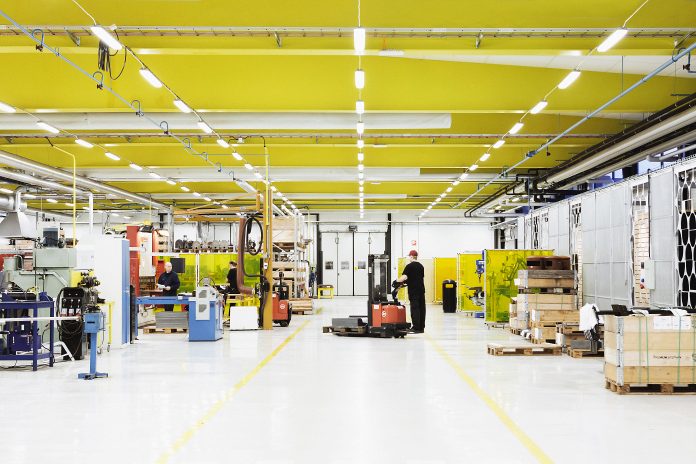Romy Rawlings, Commercial Director at Vestre Ltd, explains how using an Environmental Product Declaration (EPD) could be the key helping customers ensure the sustainability of their everyday choices
As we pursue a much-needed green recovery in our towns and cities, we cannot lose sight of the need to act sustainably in all our actions. Amid the pressing requirement for post-COVID action, many temporary measures that are being adopted on our streets may not have been well considered in terms of their sustainability, for example, their initial environmental impact, longevity, and recyclability at end of life.
Particularly since the duration of these interventions is often unknown as we face frequent changes to regulations and the resulting need for continuing measures, our choices need to be as flexible as possible to allow for rapidly shifting scenarios. The worst-case scenario is that short-term measures will have to be replaced as an initial requirement of a few weeks or months becomes two years or even longer. Or that as interventions shift from truly short term to much longer permanent installations, those initial products and materials are simply thrown out as they are no longer required, and probably have not stood the test of time well as they have been in use for much longer than was originally envisaged.
Now that the climate movement seems to have finally gained momentum over the past few years, the outlook is looking brighter across many aspects. Today, almost everyone has integrated sustainability into their business strategy. But how sustainable is every single choice we make, particularly when many recently have been made under immense time pressures? Most of us need a better way to measure the impact of our choices, actions, and claims. One with credible values that replaces complexity and confusion with clarity and confidence. One that offers perspective across a category and allows direct comparisons to be made. One that simplifies how we discuss and consider our climate impact.
If you are keen to understand exactly how your product choices affect the environment, an Environmental Product Declaration (EPD) is a trustworthy and easily understood way to compare the impact of your chosen product. EPDs (ISO 14025) are much like the nutritional values you find on food labels. As you will know, these values do not promise health benefits, but they do provide critical data at a glance. With this data, you can easily compare products and, with basic dietary knowledge, you are able to determine how the product will impact your health. Like food labels, an EPD is not an ecolabel or sustainability certification; instead, an EPD shows what a product is made of and how it impacts the environment throughout its lifecycle. EPDs should be an essential part of how we make informed choices in the future.
Vestre has spent the past year mapping the carbon footprint of every product in their catalogue of outdoor furniture. Once complete, Vestre will be the first furniture company in the world to calculate and publish carbon information, global warming potential, and more, for an entire product range.
The world’s first furniture catalogue with EPD values.

(Click to view pdf) – http://vestre.com/uk/download-product-catalog-pdf
An extract from Vestre’s 2021 catalogue:
From a client’s procurement perspective, EPDs make it easier to select environmentally superior products. Perhaps the most important approach to manufacturing is to create products that have a very lengthy design life, with minimal, or no obsolescence. Through the selection of durable materials, refurbishment options, and ongoing availability of spare parts, a product’s life can even be infinite. This approach ensures that the consumption of resources, energy use, and hence impact on the environment is minimised and now, through the advent of EPDs and carbon accounting, it is finally possible to calculate both the financial and environmental benefit of selecting a product that lasts decades longer than its alternative.
If a product’s whole life carbon can be apportioned over, say, 30 years, its annual impact will be tiny compared to one that might be replaced after only two, five, or ten years of use. With this new understanding of total emissions, those selecting products for a demanding life on the street will be able to consider both emissions and price from a lifecycle perspective and this knowledge is vital for a better future for the planet.
Right now, perhaps more than ever, we need to take an honest look at the impact of the ongoing measures that are being taken to bring about the high street recovery that we urgently need. But we must measure and consider every one of our choices so that we can be absolutely certain of our impact and hold ourselves accountable. As this approach gains momentum and we learn more about the impact of everything we do, more informed decisions will be made, and the better they will be. At Vestre, we truly hope that metrics on a product’s carbon footprint will soon be as common as nutritional value labels on food. Then everyone will have the data to make informed decisions for a healthy planet.
*Please note: This is a commercial profile











